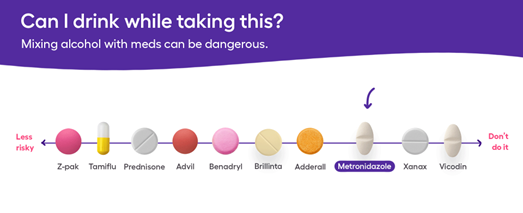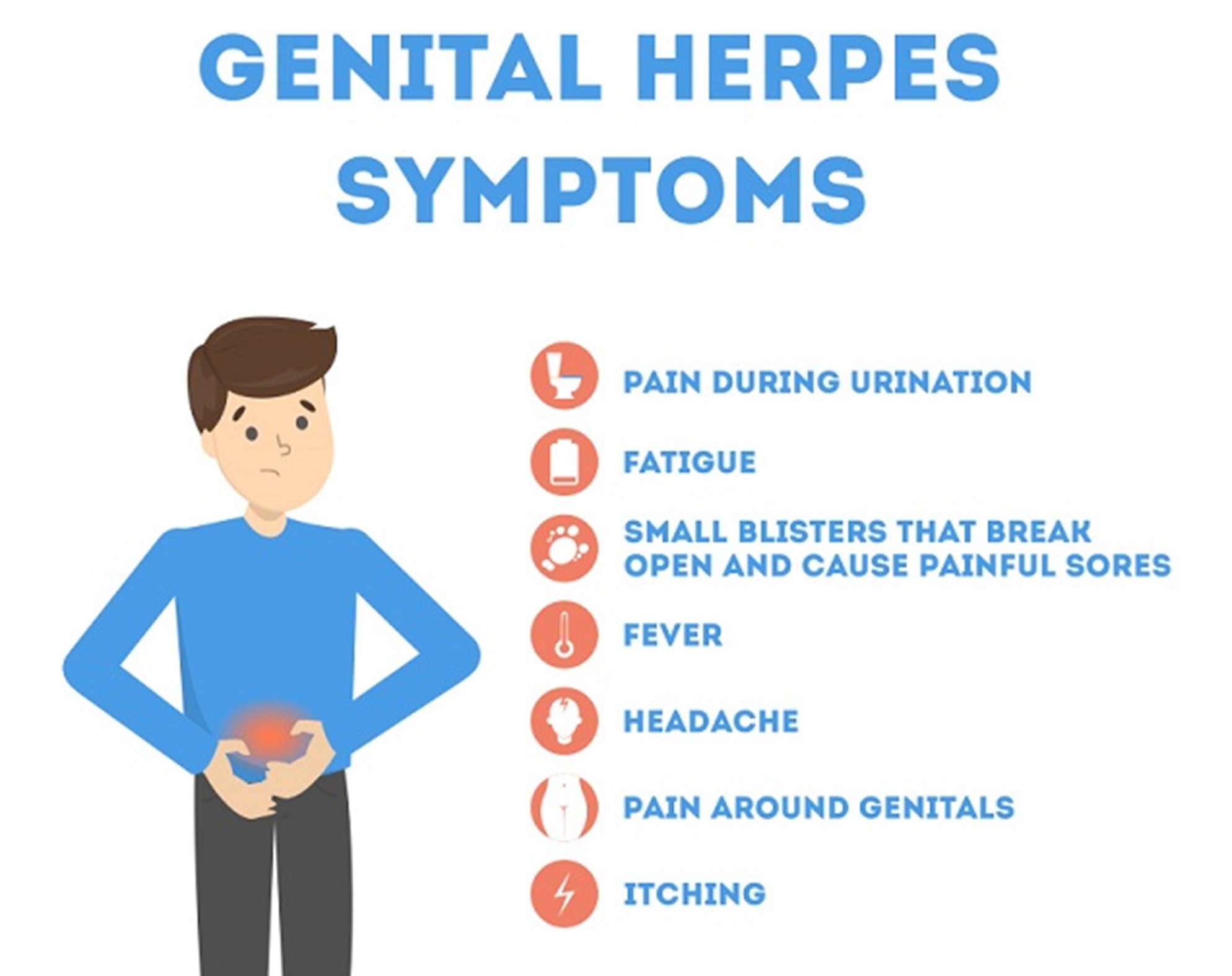A nurse is preparing to administer Ringer's lactate by continuous IV infusion at 120 mL/hr. The drop factor of the manual IV tubing is 10 gtt/mL. The nurse should set the manual IV infusion to deliver how many gtt/min? (Round the answer to the nearest whole number. Use a leading zero if it applies. Do not use a trailing zero.)
The Correct Answer is ["20"]
- To find out how many gtt/min to set for a manual IV infusion, we need to use this formula: gtt/min = (mL/hr x drop factor) / 60
- In this formula, mL/hr is the rate of infusion in milliliters per hour, drop factor is the number of drops per milliliter for a specific IV tubing, and 60 is the number of minutes in an hour.
- We plug in the given values into this formula: gtt/min = (120 mL/hr x 10 gtt/mL) / 60
- We simplify and solve this equation: gtt/min = (1200 gtt/hr) / 60
- We divide both sides by 60: gtt/min = 20 gtt/hr
- We round off to the nearest whole number: gtt/min = **20**
- We add a leading zero if needed: gtt/min = **20**
- We do not add a trailing zero: gtt/min = **20**
Nursing Test Bank
Naxlex Comprehensive Predictor Exams
Related Questions
Correct Answer is D
Explanation
Choice A: Caffeine is not the correct answer because it does not interact with metronidazole. Caffeine is a stimulant that can increase alertness, energy, and heart rate. However, it has no effect on the effectiveness or side effects of metronidazole.
Choice B: Chocolate is not the correct answer because it does not interact with metronidazole. Chocolate is a food that contains caffeine, sugar, and fat. However, it has no effect on the effectiveness or side effects of metronidazole.
Choice C: Nicotine is not the correct answer because it does not interact with metronidazole. Nicotine is a substance that can be found in tobacco products, such as cigarettes, cigars, or chewing tobacco. However, it has no effect on the effectiveness or side effects of metronidazole.
Choice D: Alcohol is the correct answer because it interacts with metronidazole. Alcohol is a substance that can be found in beverages, such as beer, wine, or liquor. It can cause a severe reaction when combined with metronidazole, resulting in symptoms such as nausea, vomiting, headache, flushing, and palpitations. Therefore, the nurse should instruct the client to avoid alcohol while taking metronidazole.

Correct Answer is A
Explanation
Choice A: Reports of itching, tingling, and pain in the genital area are the correct answer because they are common symptoms of genital herpes. Genital herpes is a sexually transmitted infection (STI) caused by the herpes simplex virus (HSV). It can cause outbreaks of painful blisters or sores on or around the genitals, anus, or mouth. The blisters or sores usually heal within a few weeks, but the virus remains in the body and can reactivate at any time. Before an outbreak, some people may experience prodromal symptoms such as itching, tingling, or pain in the affected area.
Choice B: Painful urination with a penile discharge present is not the correct answer because it is more likely a symptom of another STI, such as gonorrhea or chlamydia. Gonorrhea and chlamydia are bacterial infections that can affect the urethra, cervix, rectum, or throat. They can cause symptoms such as burning or pain during urination, abnormal discharge from the penis or vagina, or bleeding between periods.
Choice C: Wart-like flesh-colored lesions on the scrotal area are not the correct answer because they are more likely a symptom of another STI, such as human papillomavirus (HPV). HPV is a viral infection that can cause genital warts or cervical cancer. Genital warts are small, soft, flesh-colored growths that can appear on or around the genitals, anus, or mouth. They may be flat, raised, or cauliflower-shaped.
Choice D: A chancre on the penis is not the correct answer because it is more likely a symptom of another STI, such as syphilis. Syphilis is a bacterial infection that can affect various organs and systems of the body. It has four stages: primary, secondary, latent, and tertiary. In the primary stage, syphilis causes a painless sore called a chancre that can appear on or around the genitals, anus, or mouth. The chancre usually heals within a few weeks, but the infection can progress to the next stages if left untreated.

Whether you are a student looking to ace your exams or a practicing nurse seeking to enhance your expertise , our nursing education contents will empower you with the confidence and competence to make a difference in the lives of patients and become a respected leader in the healthcare field.
Visit Naxlex, invest in your future and unlock endless possibilities with our unparalleled nursing education contents today
Report Wrong Answer on the Current Question
Do you disagree with the answer? If yes, what is your expected answer? Explain.
Kindly be descriptive with the issue you are facing.
